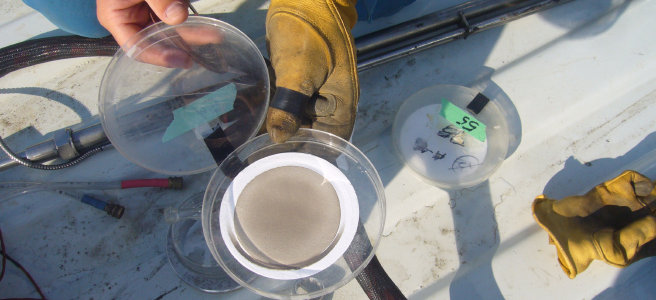







Biomass boilers have been controversial as they are perceived as polluting. There are clearly tensions between biomass usage and the protection of local air quality.
The downside of biomass is that even the controlled combustion of the fuel – be it wood, energy
crops or process by-products, generates emissions of nitrogen oxide (NOx) and respirable particulates (PM10). Waste derived fuel also
has the potential for emissions of a range of other airborne pollutants including polycyclic aromatic hydrocarbons ('dioxins') and
heavy metals.
While solid fuel is more difficult to combust than natural gas or propane modern combustion / gasification
technologies and computerized process control allow minimizing harmful emissions.
Monitoring these emissions may be required to
increase public acceptance or as a proof that a certain facility meets all applicable emission thresholds.
Emissions from
biomass combustion / gasification can range from carbonmonoxyde to cancer-inducing PAHs. The most contentious and regulated substance
emitted from small to medium size biomass boilers, however, is particulate matter (PM).
While CO, CO2, SOx, NOx can be easily
tested for with handheld devices, PM requires gravimetric measurements: a filter is weighted before and after a defined volume of
flue gas has been run through it. These test required sophisticated measurement equipment and are usually undertaken by professional
stack testers under well-defined conditions (isokinetic sampling according to EPA 5). Stack test are usually done over at least two
half-hour intervals and are considered spot measurements.
Continuous and real-time monitoring of particulate matter concentrations
in a flue gas can be done using a laser probe: a laser beam is attenuated by fine particulates; the amount of light scattered is proportional
to the number of particulates passing through the laser beam. The method requires an initial calibration by a gravimetric measurement
to be meaningful.
